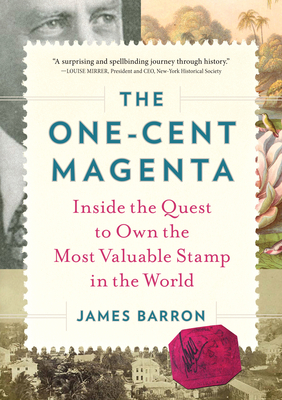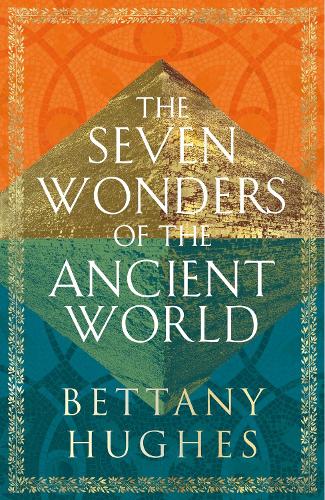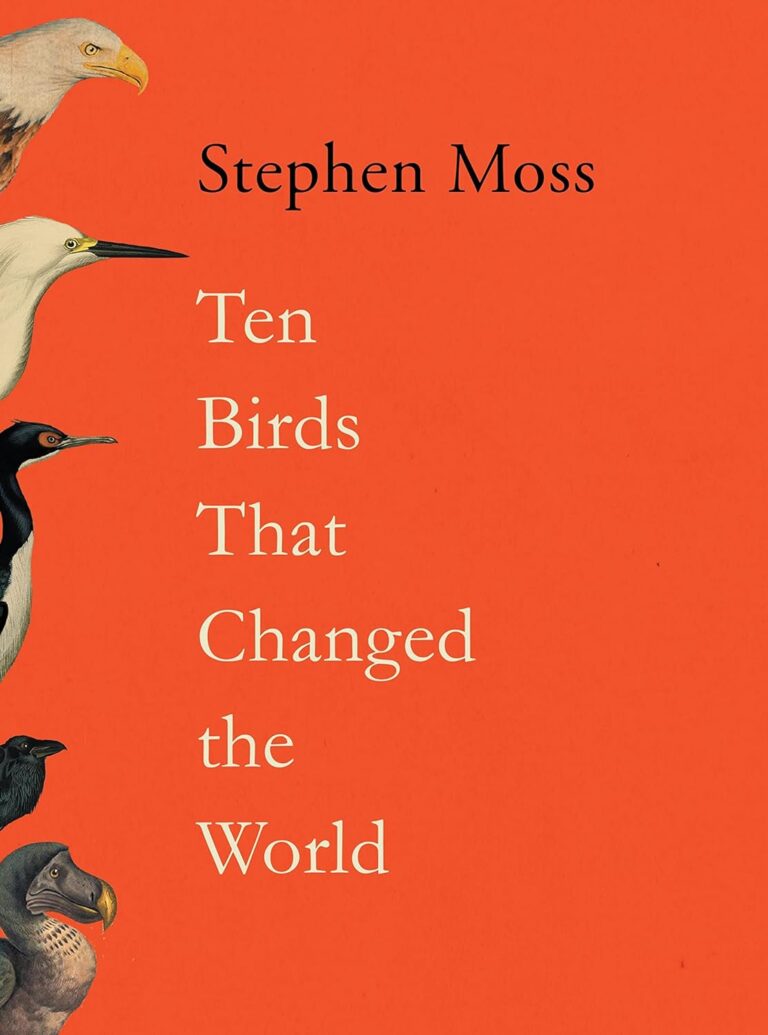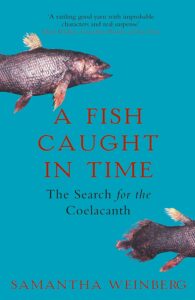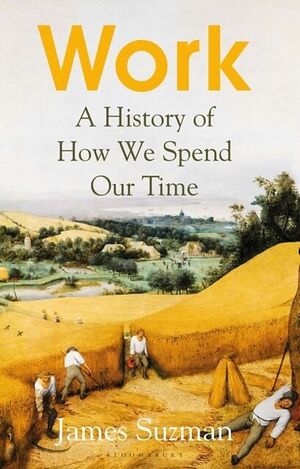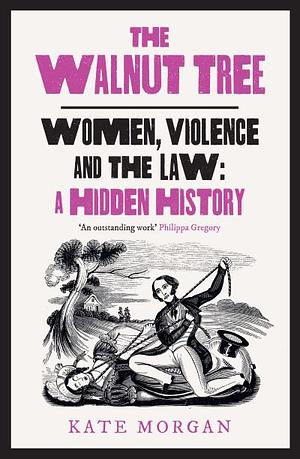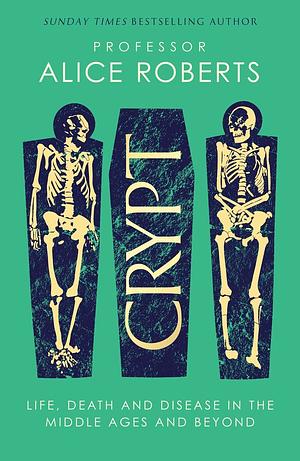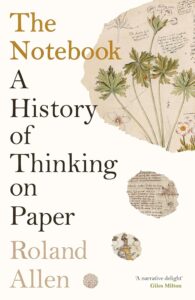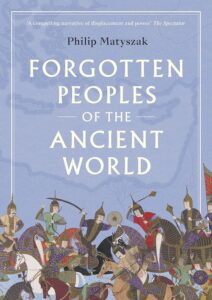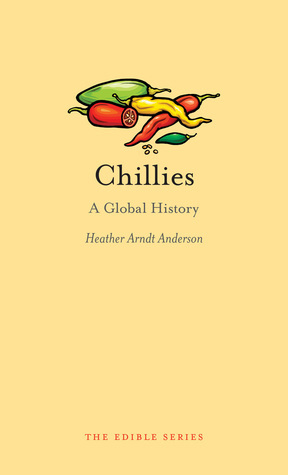
Chillies: A Global History
by Heather Arndt Anderson
Genres: History, Non-fictionPages: 126
Rating:

Synopsis:There are some of us who can’t even stand to look at them—and others who can’t live without them: chillies have been searing tongues and watering eyes for centuries in innumerable global cuisines. In this book, Heather Arndt Anderson explores the many ways nature has attempted to take the roofs of our mouths off—from the deceptively vegetal-looking jalapeno to the fire-red ghost pepper—and the many ways we have gleefully risen to the challenge.
Anderson tells the story of the spicy berry’s rise to prominence, showing that it was cultivated and venerated by the ancient people of Mesoamerica for millennia before Spanish explorers brought it back to Europe. She traces the chilli’s spread along trading routes to every corner of the globe, and she explores the many important spiritual and cultural links that we have formed with it, from its use as an aphrodisiac to, in more modern times, an especially masochistic kind of eating competition. Ultimately, she uses the chili to tell a larger story of global trade, showing how the spread of spicy cuisine can tell us much about the global exchange—and sometimes domination—of culture. Mixing history, botany, and cooking, this entertaining read will give your bookshelf just the kick it needs.
I’ve been meaning to pick up Chillies by Heather Arndt Anderson for a while — I love books in the Edible series, which are all a little history of a certain food item, accompanied by colour images and a handful of recipes. I’m a lover of spicy food: nothing silly, with trying to one-up other people etc etc, but a burst of spicy heat is great.
Sometimes these books can end up feeling like a bit too much of a list of dishes that the food in question is used in, and despite the subtitle of all of them (“A Global History”), often they don’t go broad enough. This one was broader than some, with a chapter on the worldwide adoption of chillies that did indeed feel global.
As always, it has references and a bibliography, and is a well-put-together little book. And for once, I’m actually quite tempted to ask my wife to try making one of the recipes!
Rating: 4/5

